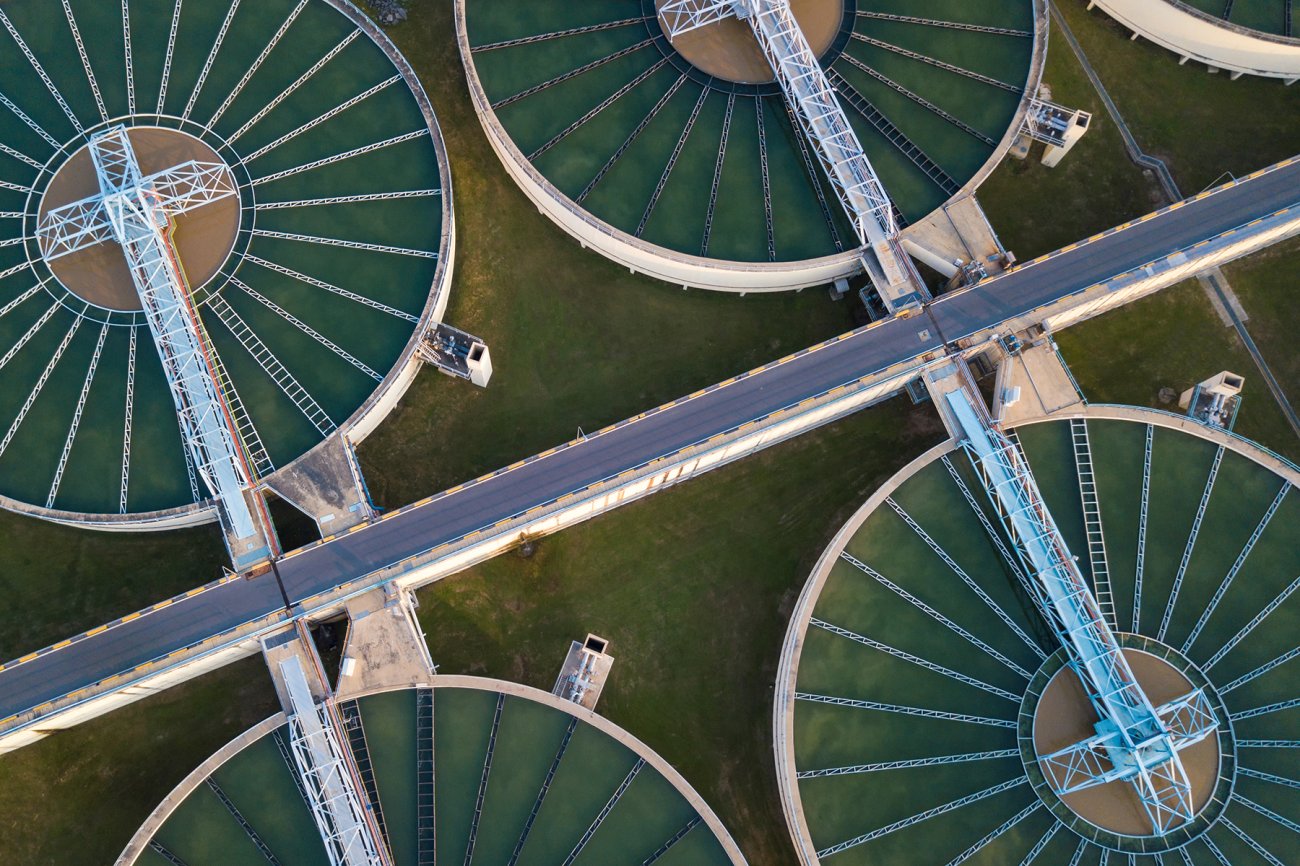Getting The Reclaim Waste To Work
Getting The Reclaim Waste To Work
Blog Article
The Only Guide for Reclaim Waste
Table of ContentsThe Single Strategy To Use For Reclaim WasteThe Buzz on Reclaim WasteNot known Facts About Reclaim WasteIndicators on Reclaim Waste You Should KnowRumored Buzz on Reclaim Waste
Check out the types, incidents, and kinds of liquid waste. Domestic sewer waste describes the waste and items from a property septic tank. This kind of waste is produced by humans in homes, schools, and other structures. This only consists of septic systems that have a drain field. The appropriate administration and disposal of residential sewer waste require liquid waste to be transferred to a sewer treatment plant where the correct methods and equipment are applied to cleanse and take care of waste.
Commercial waste usually includes prospective dangers, such as combustible materials or a mixture of liquid and solid waste items, and needs an advanced and in-depth disposal process. The disposal of business waste generally involves the filtering of waste prior to transportation to ensure secure and correct disposal. Industrial waste is produced from byproducts and drainage of commercial processes and manufacturing.
This sort of waste can not use the same sewage monitoring transport or procedures as septic or industrial fluids. The commercial waste monitoring procedure requires the evaluation and screening of liquid waste before it goes through the disposal process (liquid waste disposal). Overflow waste is the fluid waste that comes from runoff and excess stormwater in highly booming locations or cities
Overflow waste can trigger contamination and flooding if not handled properly. Guaranteeing correct waste administration can avoid disasters and minimize environmental harm.
The 9-Second Trick For Reclaim Waste
Get in touch with PROS Services today to find out about our waste management and disposal solutions and the appropriate methods to take care of the fluid waste you create.
(https://reclaimwaste1.edublogs.org/2024/11/12/efficient-liquid-waste-removal-and-disposal-your-complete-guide-to-sustainable-waste-management/)This supposed 'wastewater' is not just a vital resource however, after therapy, will be launched to our land, rivers or the ocean. Made use of water from bathrooms, showers, bathrooms, kitchen area sinks, washings and industrial procedures is known as wastewater.

water made use of to cool equipment or tidy plant and devices). Stormwater, a kind of wastewater, is drainage that flows from agricultural and urban locations such as roof coverings, parks, yards, roads, paths and seamless gutters right into stormwater drains pipes, after rain. Stormwater flows untreated directly to local creeks or rivers, eventually reaching the sea.
The Ultimate Guide To Reclaim Waste
In Queensland, most wastewater is treated at sewage treatment plants. Wastewater is moved from residential or commercial websites via a system of sewage systems and pump terminals, known as sewerage reticulation, to a sewer therapy plant.
The Department of Natural Resources suggests local governments regarding handling, operating and preserving sewerage systems and treatment plants. In unsewered locations, neighborhood federal governments may call for owners to set up specific or house sewage treatment systems to treat domestic wastewater from commodes, cooking areas, restrooms and laundries. The Department of Natural Resources authorizes using house systems when they are shown to be efficient.
Most stormwater receives no therapy. In some brand-new subdivisions, therapy of some stormwater to eliminate litter, sand and crushed rock has actually begun making use of gross toxin traps. Wastewater therapy takes place in 4 stages: Gets rid of strong issue. Bigger solids, such as plastics and other objects wrongly discharged to sewage systems, are gotten rid of when wastewater is passed via displays.
Wastewater then streams right into large tanks where solids settle and are gotten rid of as sludge. Oil and scum are skimmed from the surface. Uses tiny living microorganisms recognizes as micro-organisms to break down and eliminate continuing to be dissolved wastes and great particles. Micro-organisms and wastes are incorporated in the sludge. Removes nitrogen and phosphorus nutrients that might cause algal blossoms in our rivers and threaten water life.
About Reclaim Waste
Nutrient removal is not offered at all sewer treatment plants because it needs expensive specialized tools. Clear fluid effluent created after treatment might still have disease-causing micro-organisms - liquid waste removal.

A lot of wastewater streams right into the sewerage system. Under the Act, local federal governments provide authorizations and licences for ecologically relevant tasks (ERAs) involving wastewater releases that could have a neighborhood effect.
The Single Strategy To Use For Reclaim Waste
Or else, samples are taken for lab analysis. Frequently numerous tests are required to establish the levels of each of the various toxins such as oils, hefty metals and pesticides in water. Monitoring provides accurate details regarding water top quality and can confirm that licence conditions are continue reading this being satisfied. The details gotten via monitoring gives the basis for making water top quality choices.
Report this page